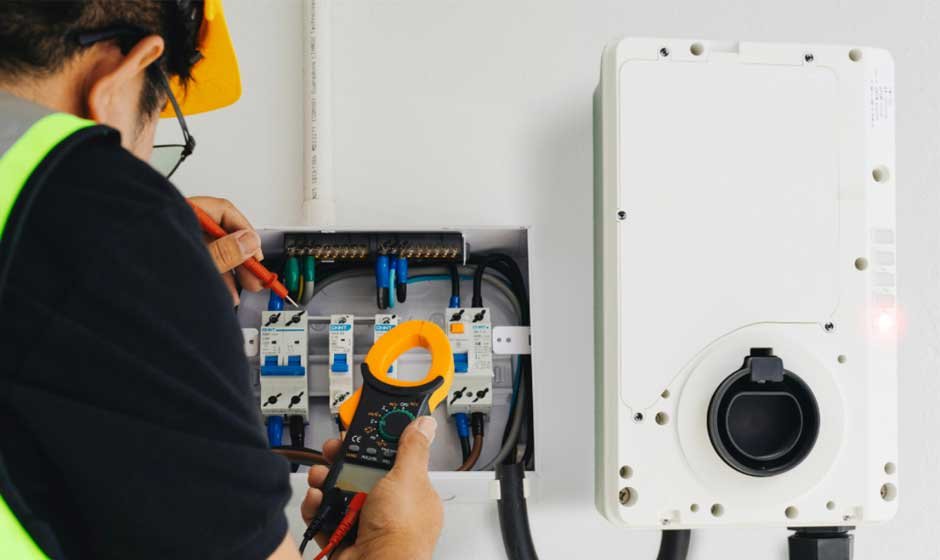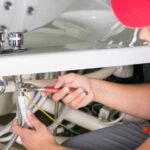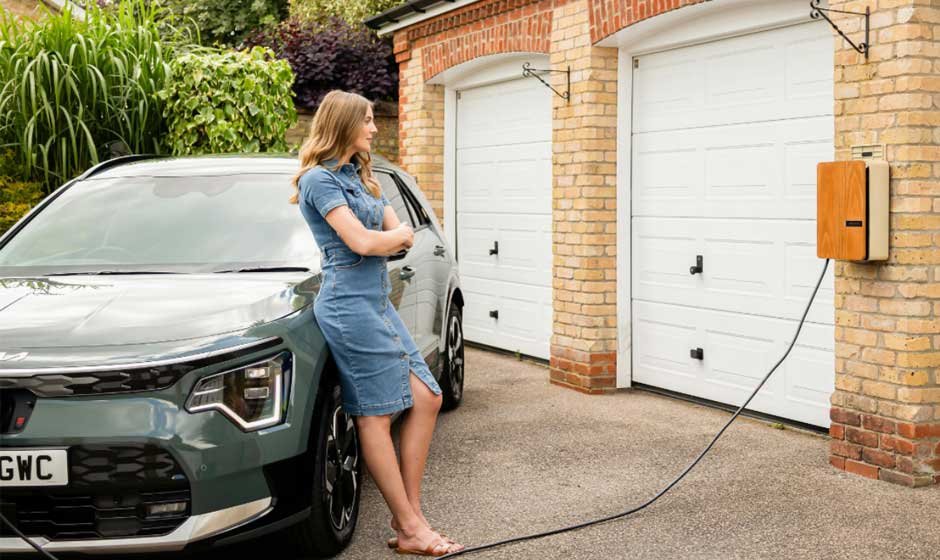Electric vehicle (EV) ownership continues to rise across North America as governments and consumers push for cleaner transportation. However, owning an EV also means selecting the right home charger and ensuring it is installed correctly. A poorly chosen or incorrectly installed charger can cause electrical issues, efficiency losses, or even safety hazards. This guide outlines practical steps for homeowners in the United States and Canada to select an EV charger that suits their home, vehicle, and long-term needs.
1. Understand the Different Types of EV Chargers
Home EV chargers are categorized by their power levels. Each type affects charging time, installation requirements, and energy usage.
- Level 1 Chargersuse standard 120-volt outlets and typically come with most electric vehicles. They charge slowly, often requiring 12 to 20 hours for a full battery. Level 1 chargers work best for plug-in hybrid owners or those who drive short distances daily.
- Level 2 Chargersoperate on 240 volts and are the preferred choice for most EV owners. They can fully charge a vehicle in 4 to 8 hours. These chargers often require professional installation and a dedicated circuit.
- Level 3 Chargersor DC fast chargers are designed for commercial or public use, delivering an 80% charge in less than an hour. Due to high power demands, they are rarely suitable for residential properties.
For most homeowners, a Level 2 charger offers the ideal balance of convenience, cost, and efficiency. Partnering with a local EV charging installation company ensures that the chosen model aligns with household wiring capacity and meets safety standards.
2. Assess Your Home’s Electrical Capacity
Before purchasing a charger, determine whether your electrical panel can handle the additional load. Most Level 2 chargers require a 240-volt circuit rated between 30 and 60 amps. A licensed electrician can perform a load calculation to confirm your panel’s capacity.
In older homes, upgrades may be necessary. Installing a new subpanel or upgrading the main service to 200 amps provides sufficient power for both household appliances and vehicle charging. In the U.S., compliance with the National Electrical Code (NEC) is mandatory, while Canada follows the Canadian Electrical Code (CEC). Meeting these standards prevents overheating and reduces the risk of electrical fires.
Homeowners should also plan the installation location carefully. Garages are ideal because they protect the unit from weather exposure. For outdoor setups, ensure the charger has a NEMA 4 or higher weatherproof rating.

3. Compare Charger Features and Smart Capabilities
Modern EV chargers come with advanced features that enhance safety and convenience. When comparing models, consider the following attributes:
- Charging Speed:Measured in kilowatts (kW). Higher wattage provides faster charging but increases electrical demand.
- Connector Type:Most vehicles in North America use the J1772 plug, while Tesla vehicles include an adapter for compatibility.
- Smart Charging Functions:Wi-Fi or Bluetooth-enabled chargers allow homeowners to schedule charging sessions during off-peak electricity hours, track usage, and integrate with smart home systems.
- Energy Efficiency Certifications:Look for Energy Star-certified chargers to reduce power waste and qualify for rebates.
Many utilities in the U.S. and Canada offer rebates for purchasing and installing certified smart chargers. Programs from Hydro One, BC Hydro, and various U.S. state energy agencies help offset installation costs, promoting adoption among homeowners.
4. Avoid Common Installation Pitfalls
Even the best charger can fail if improperly installed. Some of the most frequent mistakes include:
- DIY Installation:Attempting to install a Level 2 charger without professional help can lead to safety violations and void warranties. Always use a licensed electrician familiar with EV charger
- Ignoring Permits:Many municipalities require electrical permits for charger installation. Failing to secure one can cause issues with insurance or property resale.
- Incorrect Circuit Sizing:Undersized wiring or breakers can lead to overheating or tripped circuits. The installation must match the amperage requirements of the charger.
- Poor Placement:Installing too far from the vehicle port or without adequate cable reach causes daily inconvenience. Measure the distance before finalizing placement.
- Skipping Routine Maintenance:Chargers need occasional inspections to ensure secure wiring and clean connectors. Dust and corrosion can affect performance.
Hiring qualified professionals prevents costly mistakes and ensures code compliance. It also improves safety and the longevity of both your EV and electrical system.
5. Consider Costs and Incentives
The total cost for a home EV charging setup varies depending on the charger type and electrical upgrades required. On average, Level 2 installations range between $700 and $2,000 in both the U.S. and Canada. Additional panel upgrades can add $500 to $1,500.
Government programs and utility rebates can significantly reduce expenses:
- United States:The federal tax credit covers 30% of hardware and installation costs, up to $1,000 for residential setups. Many states, such as California and New York, provide additional rebates.
- Canada:The Zero-Emission Vehicle Infrastructure Program (ZEVIP) offers incentives for residential and multi-unit installations, while provinces like British Columbia and Quebec have their own rebates.
Checking local programs before purchasing ensures you maximize savings while meeting regional sustainability goals.
6. Plan for Future EV Expansion
Many households anticipate adding a second electric vehicle or upgrading to models with larger batteries. Planning for future expansion avoids repeated electrical upgrades. Consider installing a higher-capacity circuit or dual-port charger now to accommodate future needs.
Smart load management systems can balance electricity distribution between two chargers, optimizing power use without overloading the main panel. Homeowners investing in solar panels can also integrate EV chargers to use renewable energy directly, further lowering costs and emissions.
7. Partner with Qualified Professionals

Selecting and installing the right charger is a long-term investment. Choose certified electricians or contractors who specialize in EV charging infrastructure. Verify credentials, insurance coverage, and references before proceeding. Reputable installers provide warranties, inspection documentation, and post-installation support.
For homeowners managing rental properties, professional installation adds value and attracts tenants who drive electric vehicles. Safe, efficient charging access positions a property as modern and environmentally conscious.
Choosing the right EV charger and avoiding installation pitfalls requires informed decision-making and professional assistance. Homeowners in both the U.S. and Canada should prioritize compliance, safety, and long-term flexibility when installing an EV charger. By assessing power capacity, selecting smart features, and working with qualified experts, you ensure reliable charging that supports a cleaner, more sustainable future.
















